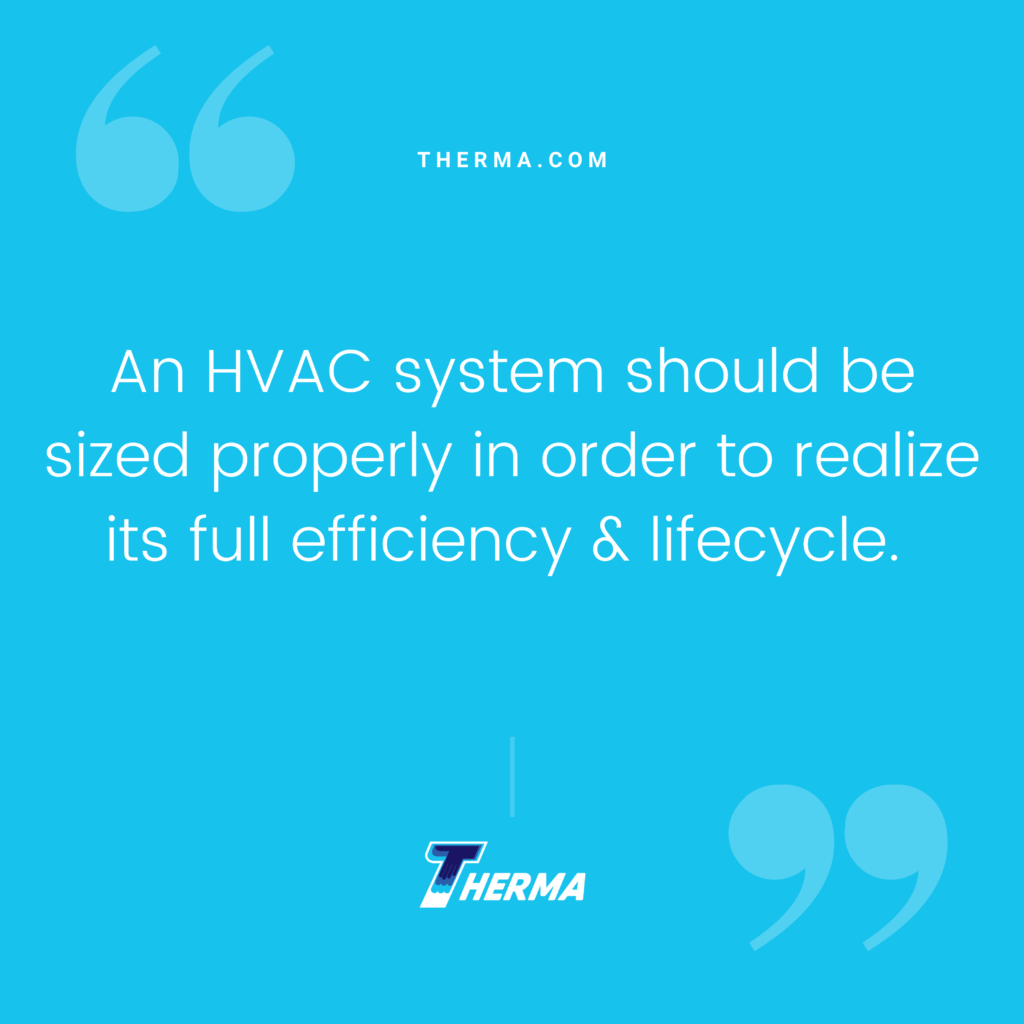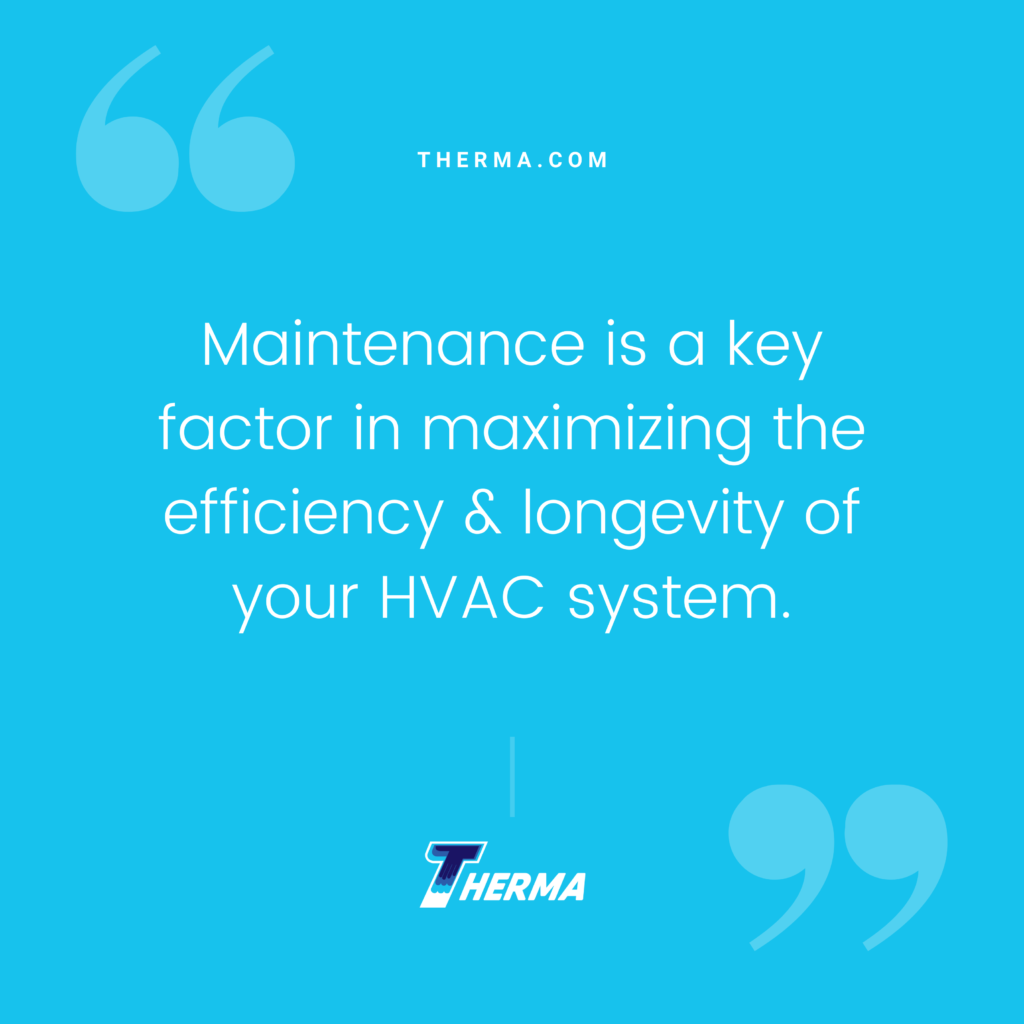by Ali Kriscenski
As a commercial building owner, you are cognizant of the central role your HVAC system has on building efficiency, occupant comfort and operating costs. A properly sized, maintained and efficient HVAC system provides peace of mind and eliminates costly headaches, such as humidity issues. Here’s a look at how long you can expect your HVAC system to last, and how to get the most out of it during its lifespan.
How Long Does An HVAC System Last?
While there are many variables that determine the lifespan of an HVAC system, the average is about 15 years. The industry has been evolving and new technology has increased efficiencies that can contribute to longer use. There are more advanced diagnostic capabilities in the field, allowing technicians to find and solve problems before significant wear and tear on components. Overall, equipment efficiency and lifespan is improving.
The American Society of Heating, Refrigerating and Air-Conditioning Engineers (ASHRAE) focuses on advancing the HVAC industry and providing guidance on industry standards. According to ASHRAE’s equipment life expectancy chart, the useful lifespan of HVAC components varies. For example, a gas or oil-fired furnace can last 18 years, ductwork 30 years and a commercial AC unit 15 years. The more components, the more varied the expected length of usefulness.
Factors That Affect HVAC System Lifespan
Maintenance is a key factor in maximizing the efficiency and longevity of your HVAC system. Ongoing maintenance will help energy savings and indoor air quality, and keep the cost of repairs down. It will also make sure you get the most return on your investment, whether a new or existing system. An HVAC system should be sized properly in order to realize its full efficiency and lifecycle. If equipment is too small or oversized, it will fail sooner than if properly sized for the building’s specific energy requirements.
The local climate plays a role in HVAC system longevity. In locations where humidity is high, HVAC systems work at high output to control relative humidity inside buildings. This means systems are working harder, cost more to run and increase wear on devices. Like humidity, if the local air climate contains contaminants or is a harsh coastal environment, that can also affect the HVAC system by accelerating the corrosion of components.
How To Keep HVAC Systems in Shape
If you’ve installed a new HVAC system as part of a ground-up development, the best way to ensure its maximum performance is a diligent preventative maintenance schedule. Regularly scheduled preventative maintenance will keep the system, all components and devices operating efficiently. You’ll find deficiencies before devices fail, thereby avoiding costly repairs. The same approach applies to existing systems, where you can implement a maintenance schedule to get the most out of the system’s remaining lifecycle.
Keeping a regular cleaning and maintenance schedule to change air filters, clean air ducts and check the system programming can go a long way toward increasing the system’s useful life. Checking for leaks, emptying trays with standing water or chemicals, checking electrical connections and devices — there are numerous elements, big and small, that can be added to the regular maintenance list to get the most out of your system.
Checking Your HVAC System Settings
Whether new or existing, all HVAC systems can be improved with some regular oversight. If your tenants or employees are experiencing thermal discomfort related to temperature or humidity, it’s worthwhile to check the HVAC system. Ensure that it is sized properly, check if controls are set accurately and also consider if any additional devices or equipment can boost comfort and efficiency.
While the lifecycle of an HVAC system is about 15 years, you can get the most out of that time with routine maintenance and preventative measures. With the right strategy, and the help of HVAC professionals, you can reach the highest return on your investment with lower costs, higher thermal comfort levels and more efficiency.
Ali Kriscenski was trained in high-performance building design at Boston Architectural College. She has worked with leading architecture and construction firms in NYC and New England and served on the executive team at the Forest Stewardship Council International. She was the managing editor at Inhabitat and has worked pro bono for the Green Building Institute, ISEAL Alliance and Habitat for Humanity.
Sources
Whole Building Design Guide – HVAC System Design for Humid Climates
ACHR News – The Salt Air Nemesis and Solutions









